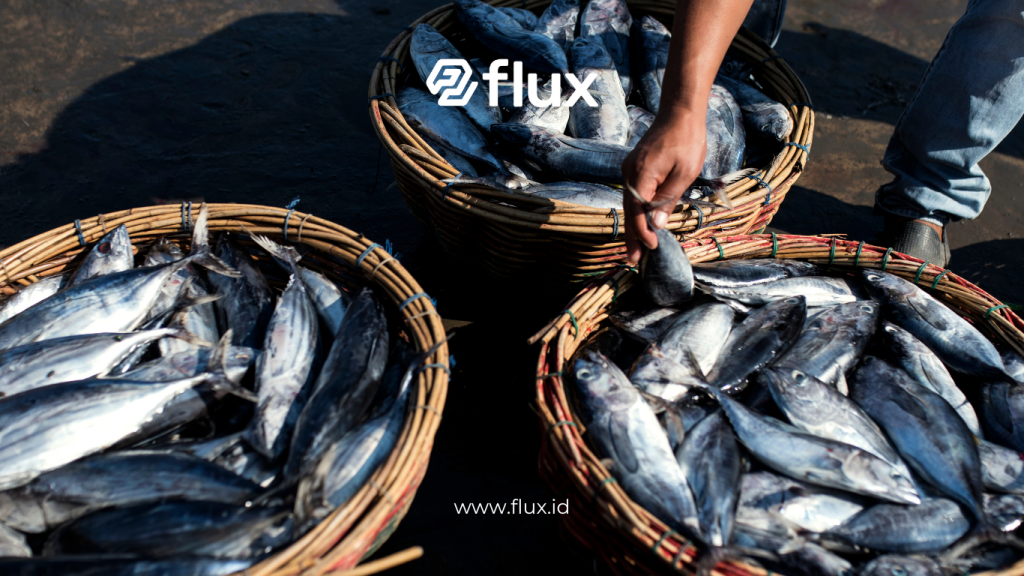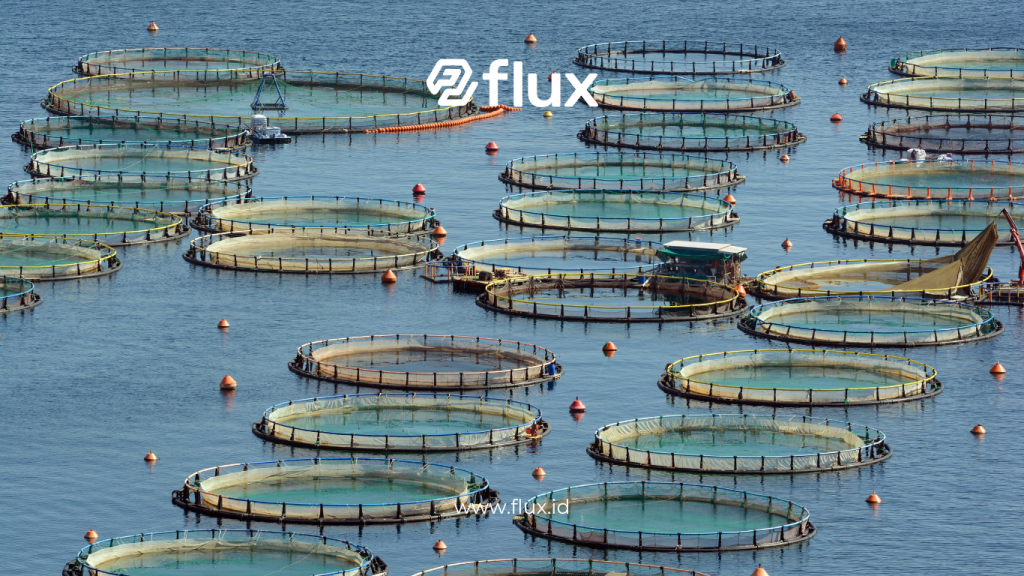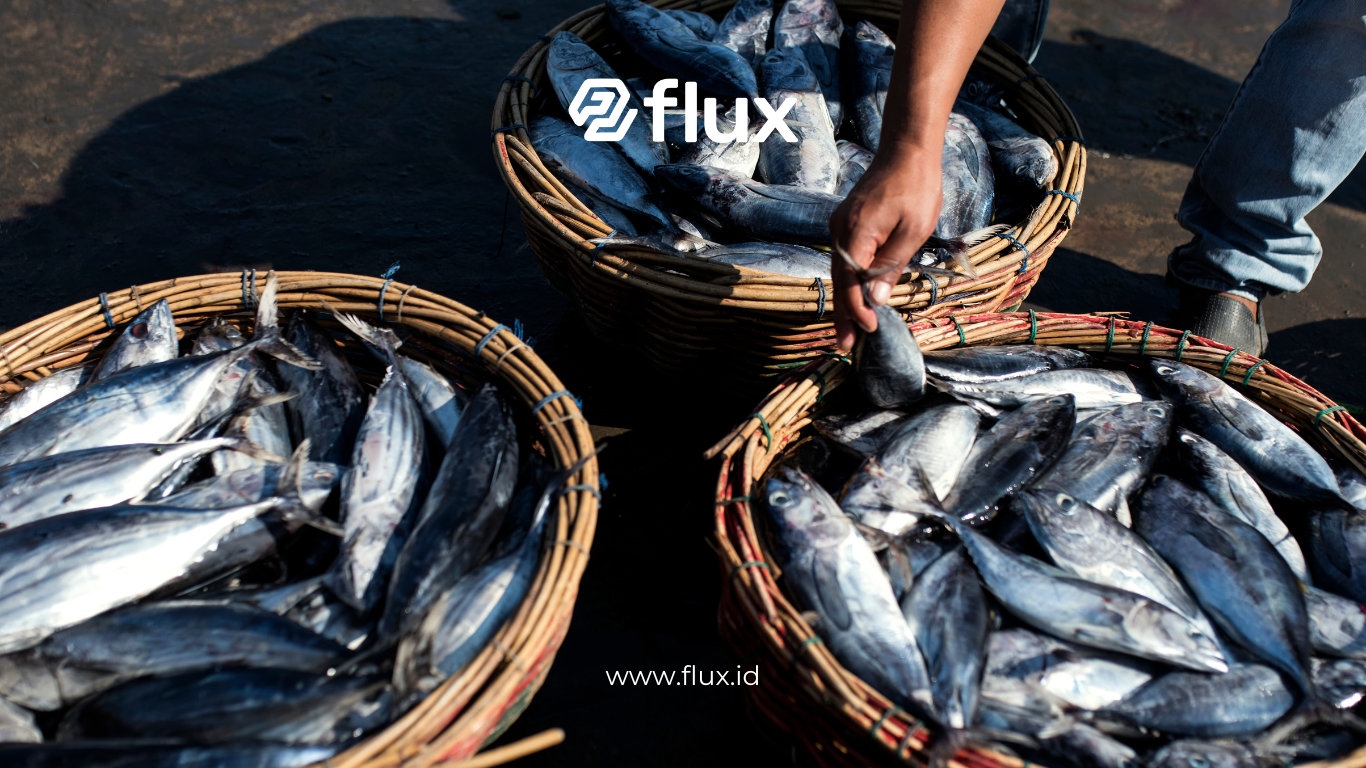Don't miss our holiday offer - 20% OFF!
In recent decades, the global fisheries industry has undergone significant changes, especially with the rise of technological advancements. One of the most impactful innovations is the application of the Internet of Things (IoT) in this sector. IoT sensors allow fish farmers to monitor water conditions, fish health, and aquatic environments in real-time. With the ability to access accurate data quickly, farmers can make more informed decisions, improving productivity and water quality at the same time.
Contents
- 1 What Are IoT Sensors in Fisheries?
- 2 Types of IoT Sensors for Water Quality Monitoring
- 3 Benefits of Using IoT Sensors in Fisheries
- 4 How IoT Sensors Work in Water Quality Monitoring
- 5 Challenges and Solutions in Implementing IoT Sensors in Fisheries
- 6 Case Study: IoT Sensor Implementation in Indonesian Fisheries
- 7 Conclusion
What Are IoT Sensors in Fisheries?

Read More: pH Sensor for Ideal Water Conditions in Fisheries
IoT sensors are intelligent devices that measure and monitor a variety of environmental parameters, such as temperature, dissolved oxygen levels, water pH, and turbidity. These sensors connect to the internet, allowing data collection and analysis in real-time via digital platforms. Consequently, fish farmers benefit from valuable insights that help optimize their operations.
Types of IoT Sensors for Water Quality Monitoring

Read More: Improving Water Quality in Semarang with WQMS: An Innovation by PT Nocola IoT Solution
Several IoT sensors play a crucial role in ensuring that the environment remains ideal for fish growth. Some of the most commonly used sensors include:
- Water Temperature Sensors: These sensors measure water temperature, which is a critical factor in fish growth. Any fluctuations in temperature, either too high or too low, can affect fish metabolism and the overall water quality.
- Dissolved Oxygen Sensors: By measuring the oxygen levels in water, these sensors help ensure that fish receive the amount of oxygen necessary for survival, especially in intensive farming environments.
- pH Sensors: These sensors help maintain the water’s acidity at a level that is safe for fish. Unbalanced pH levels can stress the fish and lead to health problems.
- Turbidity Sensors: These devices monitor water turbidity, often caused by organic and inorganic particles. Highly turbid water can obstruct photosynthesis and increase the risk of fish diseases.
Benefits of Using IoT Sensors in Fisheries

Implementing IoT sensor technology in fisheries brings numerous advantages that directly impact productivity and the quality of fish products.
1. Real-Time Monitoring
IoT sensors empower fish farmers to monitor water conditions in real-time. Since the data is automatically collected, farmers receive instant information about the aquatic environment. When sensors detect undesirable changes, such as declining oxygen levels or rising temperatures, farmers can immediately take corrective actions.
2. Resource Optimization
Farmers can optimize the use of water, fish feed, and energy through IoT sensors. By basing decisions on real-time data, they reduce waste and operational costs while improving the efficiency of their farms.
3. Lower Fish Mortality Risk
With continuous monitoring, farmers significantly reduce the risk of fish mortality due to poor environmental conditions. Minor changes, such as fluctuating oxygen levels or pH imbalances, are detected early, allowing timely intervention before they become severe.
4. Increased Productivity
By ensuring optimal water conditions, farmers can create an environment where fish grow faster and healthier. This accelerates harvest cycles and boosts overall production, leading to increased profits.
5. Minimized Environmental Impact
IoT sensors help monitor and reduce waste generated by fish farms, such as uneaten feed and fish waste. With access to real-time data, farmers can implement strategies to minimize environmental harm and maintain sustainable practices.
How IoT Sensors Work in Water Quality Monitoring

Read More: Comprehensive Guide: Using Water Quality Sensors to Ensure Student Health and Educational Facilities
IoT sensors operate by collecting data from aquatic environments and transmitting it to cloud-based platforms via the internet. The data is then processed and analyzed, giving farmers a clear understanding of the water conditions in their ponds or fish tanks.
- Sensor Installation
Farmers install sensors in their ponds or tanks to monitor specific parameters, such as temperature, dissolved oxygen, and pH. Each sensor is designed to measure a different environmental factor. - Data Collection
These sensors automatically measure the water conditions and send the data to cloud-based platforms continuously. As a result, farmers can store and access this data at any time. - Data Analysis
The collected data is analyzed to identify trends and detect changes that could affect fish health and water quality. For example, if oxygen levels drop suddenly, the system will alert the farmer. - Corrective Actions
Once they receive the data, farmers can take immediate action, such as increasing aeration or adjusting feed quantities. By responding quickly, they minimize risks and prevent potential losses.
Challenges and Solutions in Implementing IoT Sensors in Fisheries
While IoT sensors offer many advantages, several challenges come with their implementation. Below are some common challenges and corresponding solutions:
1. High Investment Cost
Installing IoT sensors and supporting systems requires a substantial initial investment, especially for small-scale farmers. To address this issue, financing options and rental schemes for equipment are becoming more accessible.
2. Connectivity Issues
In some regions, fish farms may lack reliable internet access, which is critical for IoT sensor functionality. However, companies are now offering IoT solutions that operate offline or use satellite networks, making them more adaptable.
3. Technology Maintenance
Maintaining IoT technology requires regular upkeep to ensure that it works efficiently. Farmers can overcome this challenge by receiving technical support from sensor providers and training on how to maintain their equipment.
Case Study: IoT Sensor Implementation in Indonesian Fisheries
Several companies in Indonesia have already begun utilizing IoT sensor technology. For instance, a shrimp farm in East Java successfully increased its productivity by 30% by using IoT sensors to monitor water quality. Thanks to real-time monitoring of temperature and dissolved oxygen levels, the farm optimized feeding schedules and kept water conditions in the best possible state.
With accurate data at their fingertips, the farmers adjusted the feed accordingly and ensured that the water remained within safe temperature and oxygen ranges. As a result, they saw significant improvements in both shrimp growth and overall farm productivity.
Conclusion
In summary, IoT sensors are revolutionizing the fisheries industry, particularly in monitoring water quality and enhancing fish productivity. With real-time monitoring and reliable data, farmers can make informed decisions faster, which improves operational efficiency and minimizes the risk of losses. While challenges such as cost and connectivity exist, they can be addressed through appropriate solutions, making this technology accessible and effective. As IoT continues to evolve, it is poised to become a standard tool in fish farming, increasing productivity while promoting environmental sustainability.





